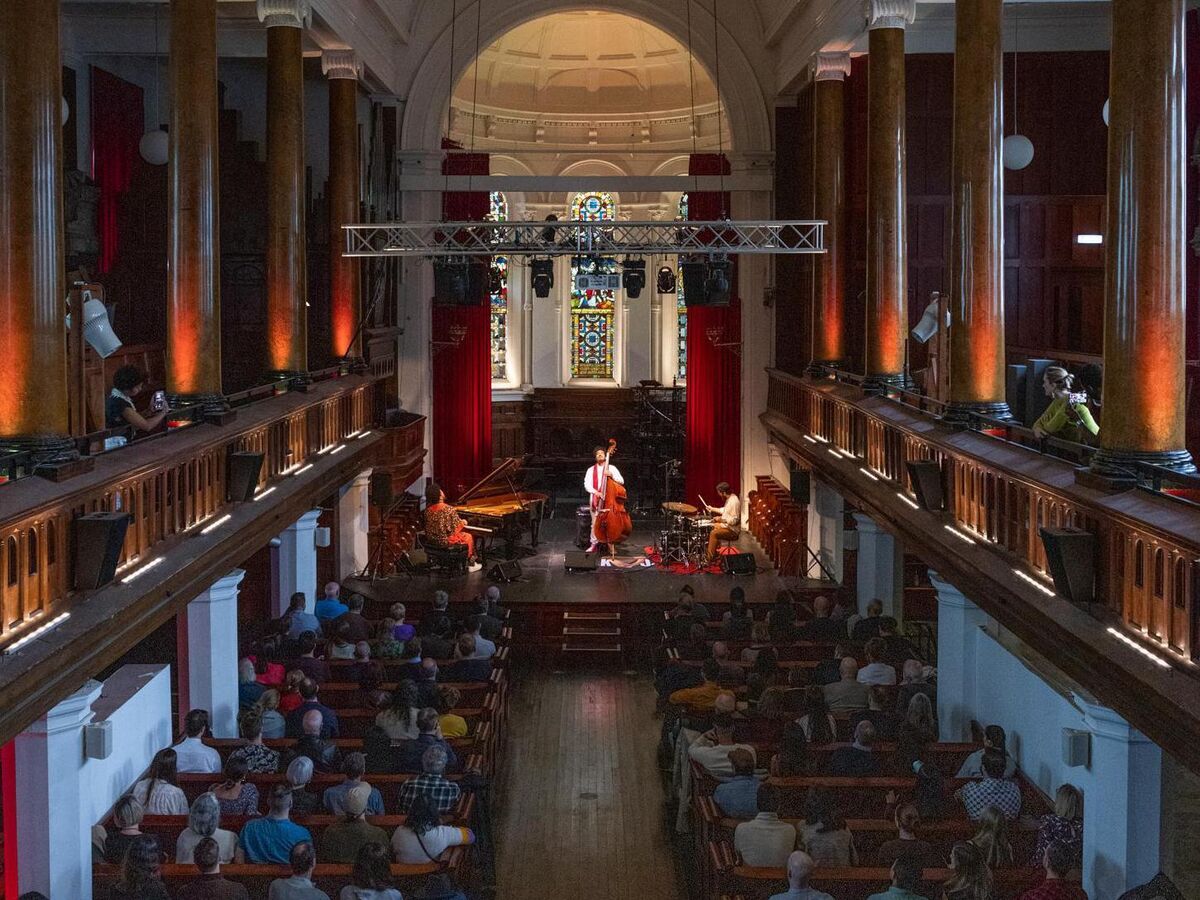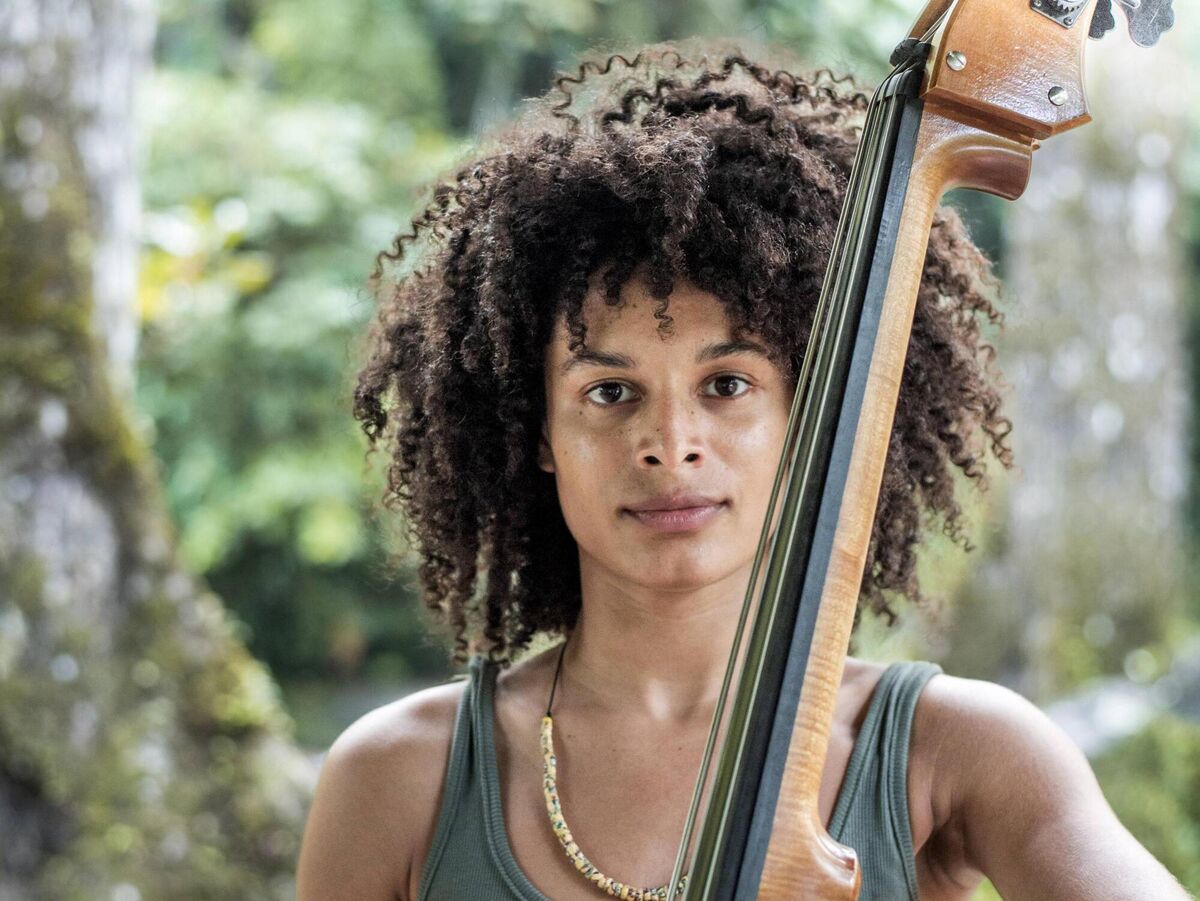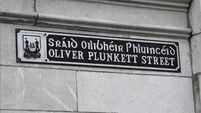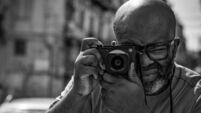Guinness Cork Jazz Festival reviews: Amaro Freitas and Selene Saint-Aime charm at Triskel

Amaro Freitas at Triskel Christchurch during the Guinness Cork Jazz Festival. Picture: Naoise Culhane
Piano trios have a remarkable heritage at the Guinness Cork Jazz Festival. Whether it was the privilege of seeing McCoy Tyner in 2005, or a young Brad Mehldau before that, or acts like the Esbjorn Svensson Trio, Robert Glasper, and Phronesis, all of whom brought a new sensibility to the format... the list is long and distinguished. To this we can now add the Brazilian musician Amaro Freitas, a supreme talent who has also brought something unique to the table.
Freitas was joined for his afternoon gig at Triskel by Jean Elton on bass and Hugo Medeiros on drums. He initially cuts a striking, still figure, in bright orange and patterned robe, emanating a calm and focus echoed in the delicate, slowly unfurling melody he creates. Soon, the bass line gains prominence as the piano trills. It’s a sumptuous, enigmatic opening that sets the scene for the boundless musical exploration to come.

Sometimes melody is to the fore, as in the bright and lovely line in Ayeye, from his 2021 album Sankofa. At other times, it’s all about rhythm, dissonance, clashing-then-resolving chords. With Medeiros in lively dialogue, Freitas draws upon the frevo sound of his native Recife, but is equally able to echo Thelonius Monk in his percussive style. With a track like Sankofa, it’s a more expansive, lyrical approach, akin to that of Esbjorn Svensson.
After one astonishing crescendo there’s a segue into a solo section, with Freitas leaning into the piano as he clamps and rakes the strings, creating tick-tock sounds and harp-like glissandos. This is a man communing with his instrument. But he’s communing with us, too. “Family,” he calls us, managing, somehow, not to sound corny.

The musical journey at Triskel headed north the following afternoon: to Martinique, the home of the bassist Selene Saint-Aime. She’s joined on saxophone by Rafael Aguila and on bele drum by Boris Reine-Adelaide for another show that amounts to an anatomy of the artist, a dive into her melting-point influences.
This is music that is at once earthly and ethereal, literary and pre-lingual. Aime is an easy, intelligent presence, as happy discussing and citing the work of Suzanne Cesaire (writer and wife of the better known postcolonial theorist Aime Cesaire) as she is reciting in French over polyrhythmic drumming, or scatting in a language all of her own, one that eschews words for evocative Caribbean syllables. We even get some Mingus, with the title track from Moves, before finishing with an extract from Mussorgsky’s Pictures at an Exhibition.
It is utterly transformed by this graceful, gentling swinging trio. But then, it’s been a pretty transformative performance.






